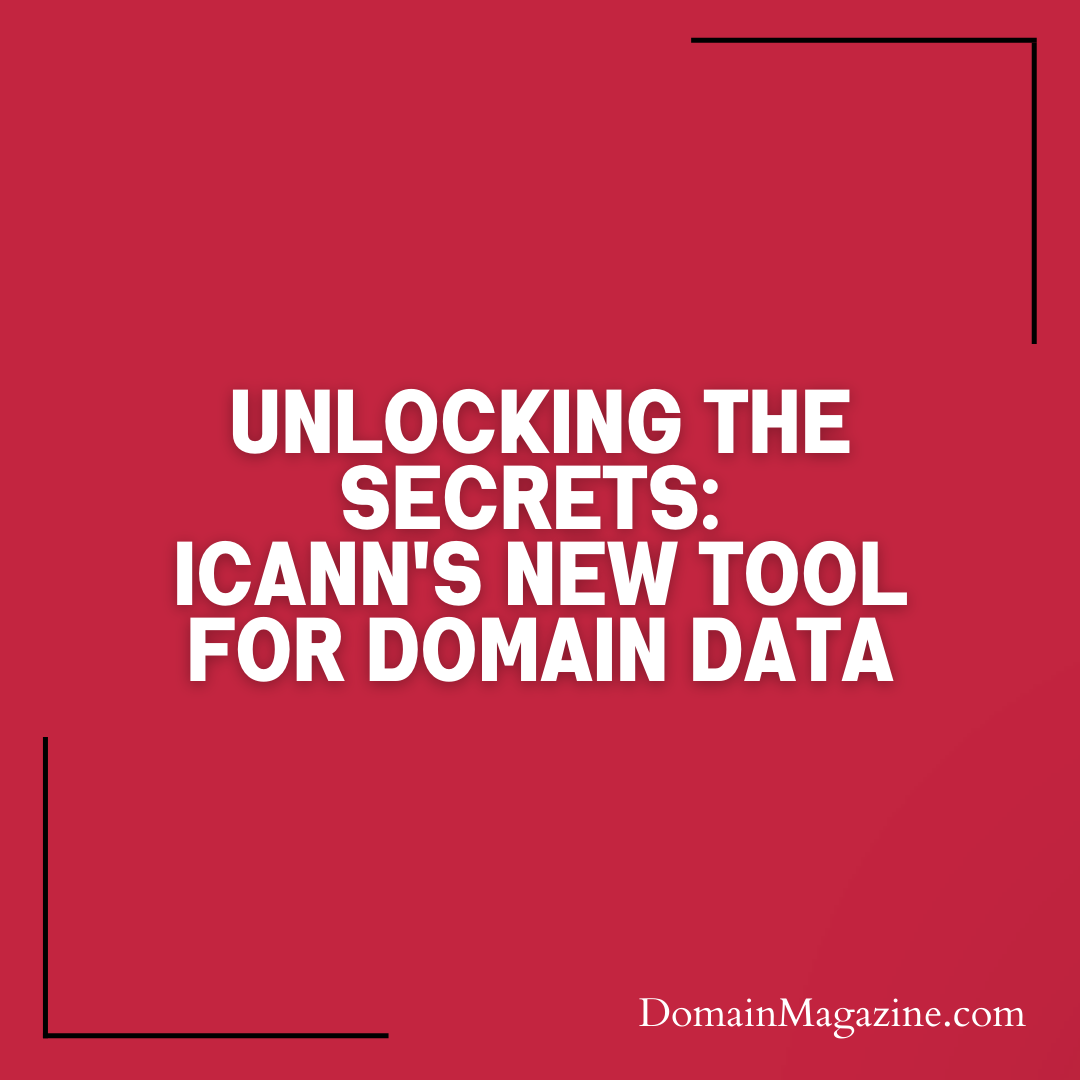ICANN has rolled out the Registration Data Request Service (RDRS). It is a secure gateway designed to handle requests for access to nonpublic registration data related to generic top-level domains (gTLDs). Sounds like a mouthful, right? Don’t worry; we’re here to break it down for you.
Why the Change?

Due to stringent personal data protection laws, many ICANN-accredited registrars are now required to keep personal data under wraps. That means no more public access to juicy details via “WHOIS” databases. While this is a win for privacy, it posed a challenge for those who legitimately needed this information, like law enforcement, cybersecurity professionals, and even your friendly government officials.
How RDRS Works
Enter the RDRS – a digital detective that simplifies and standardizes the process of accessing nonpublic gTLD registration data. Imagine it as a one-stop-shop ticketing system, connecting those in need of data with the relevant ICANN-accredited registrars. This service doesn’t promise a golden key to all data but acts as a streamlined and standardized bridge between requestors and registrars.
Benefits Galore: A Win-Win for All
Let’s talk about the perks. The RDRS not only ensures a consistent and standardized format for handling requests but also saves time and effort. No more jumping through hoops or filling out multiple forms with different registrars. The system automatically pinpoints the right registrar for a domain, making the process seamless.
For requestors, there’s a centralized platform to access pending and past requests. It’s like having a personal dashboard where you can create new requests, develop templates, and even cancel requests when needed. It’s all about convenience and efficiency.
Registrars, on the other hand, get a handy tool to manage and track all nonpublic data requests in one place. Automated alerts keep them in the loop whenever a request comes their way. The use of a standardized request form ensures that the right information and supporting documents are provided, making evaluation a breeze.
Behind the Scenes: Why Does RDRS Exist?

The RDRS wasn’t conjured out of thin air. It’s a result of ICANN’s strategic move to gather usage data. The more registrars and requestors utilize the service, the more accurate and valuable the data collected becomes. This data, in turn, helps ICANN make informed decisions regarding a System for Standardized Access/Disclosure.
Conclusion: A Digital Evolution in Domain Security
In the ever-shifting landscape of the internet, where data is king, initiatives like the RDRS become crucial. It’s not just a tool; it’s a testament to the commitment to balance privacy and accessibility in the digital realm. So, the next time you wonder about the secrets behind a domain, remember, the RDRS is there – your digital detective in the vast world of ones and zeros.


Join the Discussion